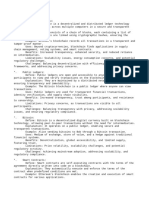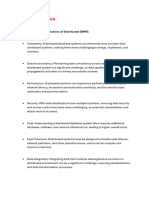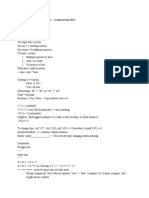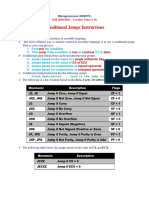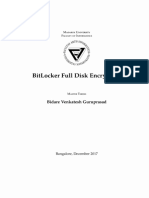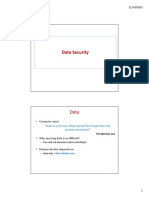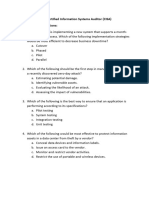0% found this document useful (0 votes)
97 views7 pagesBlockchain Notes
The document provides an overview of blockchain technology, detailing its decentralized nature, the process of mining, and the significance of Bitcoin halving. It also discusses various cryptographic methods, consensus mechanisms, and practical applications of blockchain in sectors like supply chain management and finance. Additionally, it covers concepts such as tokenization, different types of blockchains, and notable platforms like Ethereum and Solana.
Uploaded by
soumyadeepnewaccCopyright
© © All Rights Reserved
We take content rights seriously. If you suspect this is your content, claim it here.
Available Formats
Download as PDF, TXT or read online on Scribd
0% found this document useful (0 votes)
97 views7 pagesBlockchain Notes
The document provides an overview of blockchain technology, detailing its decentralized nature, the process of mining, and the significance of Bitcoin halving. It also discusses various cryptographic methods, consensus mechanisms, and practical applications of blockchain in sectors like supply chain management and finance. Additionally, it covers concepts such as tokenization, different types of blockchains, and notable platforms like Ethereum and Solana.
Uploaded by
soumyadeepnewaccCopyright
© © All Rights Reserved
We take content rights seriously. If you suspect this is your content, claim it here.
Available Formats
Download as PDF, TXT or read online on Scribd
/ 7











































